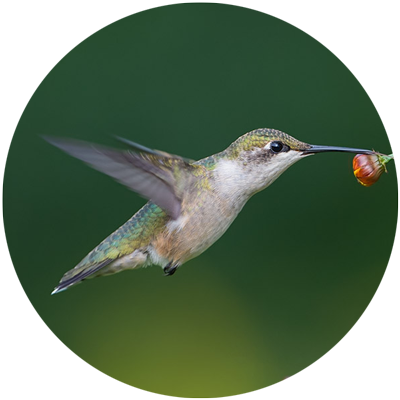Home > Climate News >

Monarch butterflies wintering in Mexico drop to second-lowest level ever recorded
Recent years have seen some hope for the migrating monarch butterflies, with a 35% increase in the number of butterflies observed overwintering in Mexico during the 2021 to 2022 season compared to the previous year.
But monarch butterflies face three primary threats, including habitat loss for their breeding and overwintering; the use of pesticides, which can be toxic to the butterflies or can kill their food source, milkweed; and climate change, which can shift their migratory patterns. By the 2022 to 2023 overwintering season, World Wildlife Fund reported a 22% drop in the amount of overwintering monarch butterflies in Mexico…
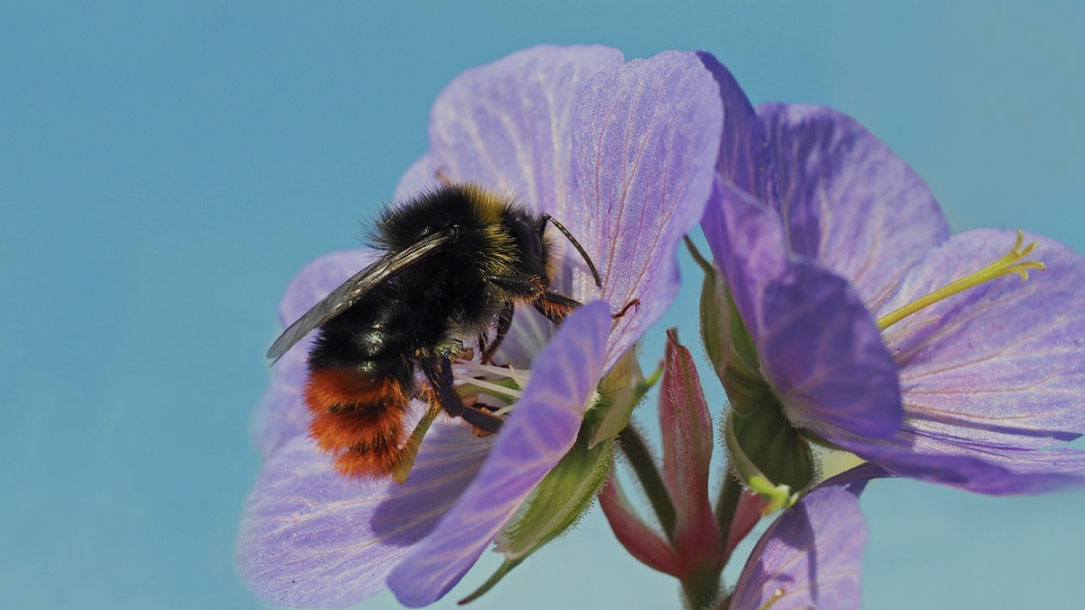
Bee declines driven by combined stress from parasites, pesticides, and lack of flowers
Bees are subject to numerous pressures in the modern world. The abundance and diversity of flowers has declined; bees are chronically exposed to cocktails of agrochemicals, and they are simultaneously exposed to novel parasites accidentally spread by humans. Climate change is likely to exacerbate these problems in the future. Stressors do not act in isolation; for example, pesticide exposure can impair both detoxification mechanisms and immune responses, rendering bees more susceptible to parasites. It seems certain that chronic exposure to multiple interacting stressors is driving honey bee colony losses and declines of wild pollinators, but such interactions are not addressed by current regulatory procedures, and studying these interactions experimentally poses a major challenge.
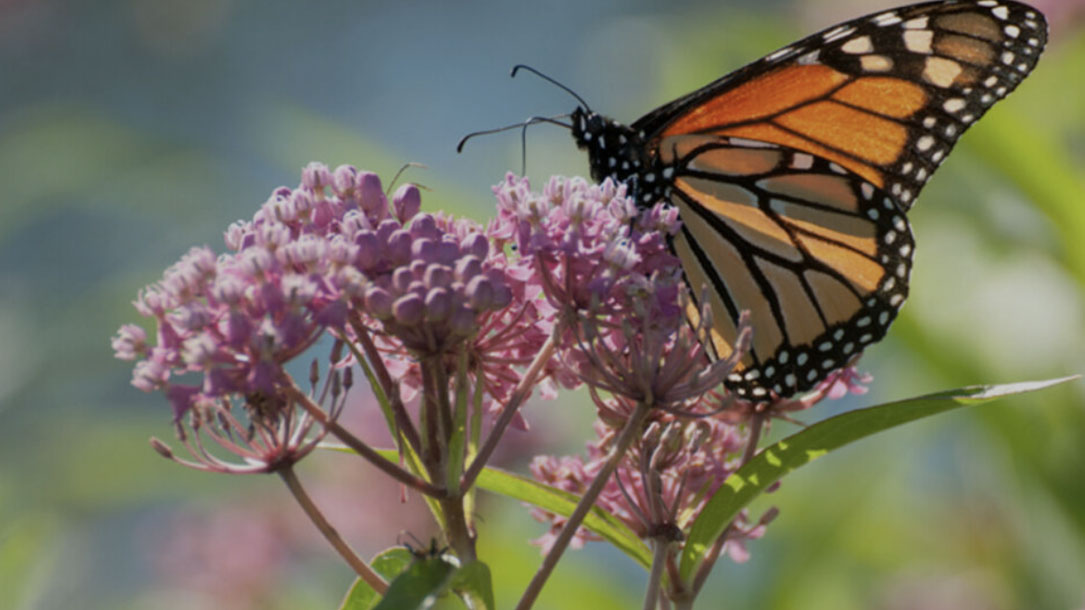
Pollinator deficits, food consumption, and consequences for human health: A modeling study
Animal pollination supports agricultural production for many healthy foods, such as fruits, vegetables, nuts, and legumes, that provide key nutrients and protect against noncommunicable disease. Today, most crops receive suboptimal pollination because of limited abundance and diversity of pollinating insects. Animal pollinators are currently suffering owing to a host of direct and indirect anthropogenic pressures: land-use change, intensive farming techniques, harmful pesticides, nutritional stress, and climate change, among others.
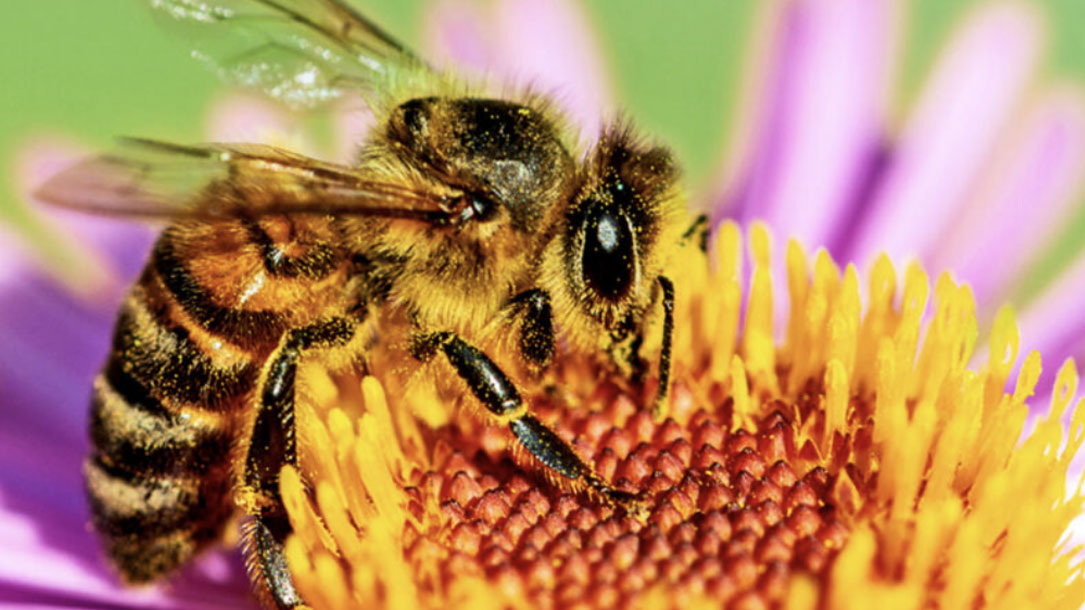
The role of climate change in pollinator decline across the Northern Hemisphere is underestimated
•Pollinator conservation strategies lack climate adaptation initiatives.
•Climate change drives homogenization at three levels of pollinator biodiversity.
•Rarely measured aspects of biodiversity tend to be most affected by climate change.
•Seldom considered dimensions of climate change tend to be particularly detrimental.
•Pollinator decline might be especially pronounced due to dispersal limitation….

Key tropical crops at risk from pollinator loss due to climate change and land use
Insect pollinator biodiversity is changing rapidly, with potential consequences for the provision of crop pollination. However, the role of land use–climate interactions in pollinator biodiversity changes, as well as consequent economic effects via changes in crop pollination, remains poorly understood. We present a global assessment of the interactive effects of climate change and land use on pollinator abundance and richness and predictions of the risk to crop pollination from the inferred changes.
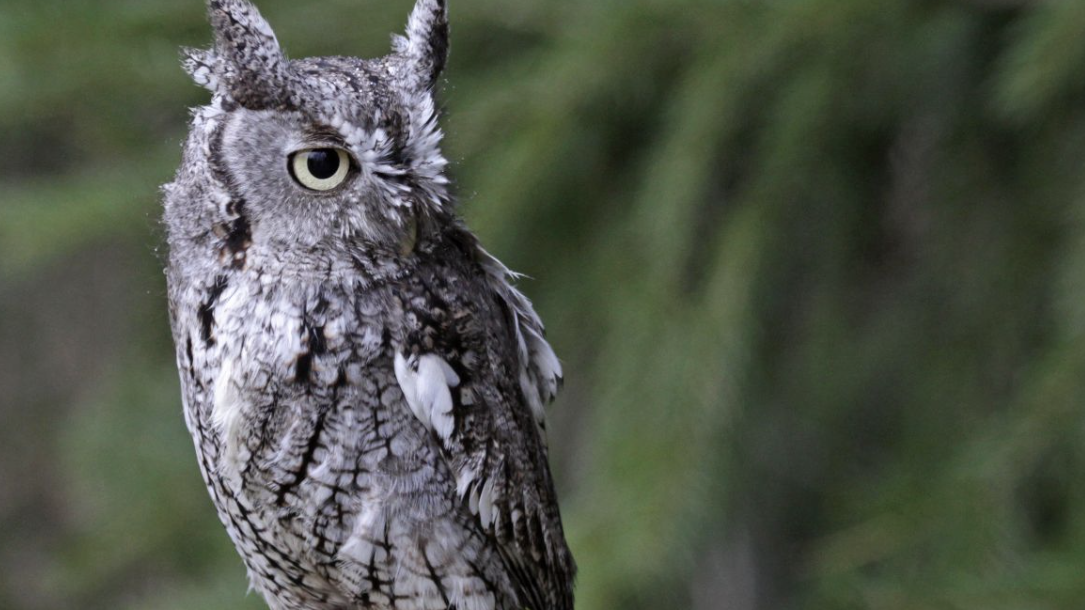
New 50-year study offers insight into effects of climate on bird reproduction
Beyond effects of a warming climate on individual species’ reproductive output, the study also considered whether climate change may affect offspring production by interacting with other attributes of the birds…
Warming temperatures also were associated with less offspring production among relatively large birds. These changes were not necessarily caused directly by climate change but by the effects of climate change on the life histories and ecological traits of species that influence clutch size and rates of nesting failure over time…
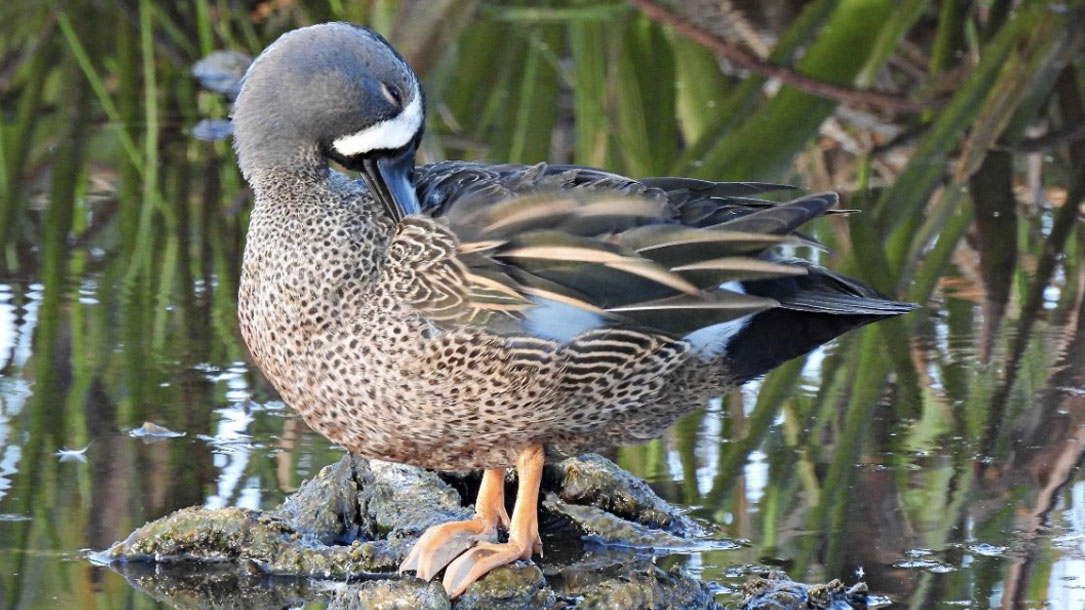
Migratory birds can partially offset climate change
“Understanding how animals can compensate is an important part of understanding where the impacts of climate change will play out,” said Marra. “In this case, we may not lose a species entirely, but it is possible that populations of some species may go extinct locally due to climate change…
“The good news is that birds are able to respond to changes in their environment,” Dossman said. “They have some flexibility and variation in their behaviors to begin with, but the question is, have they reached the limit of their ability to respond to climate change?”…
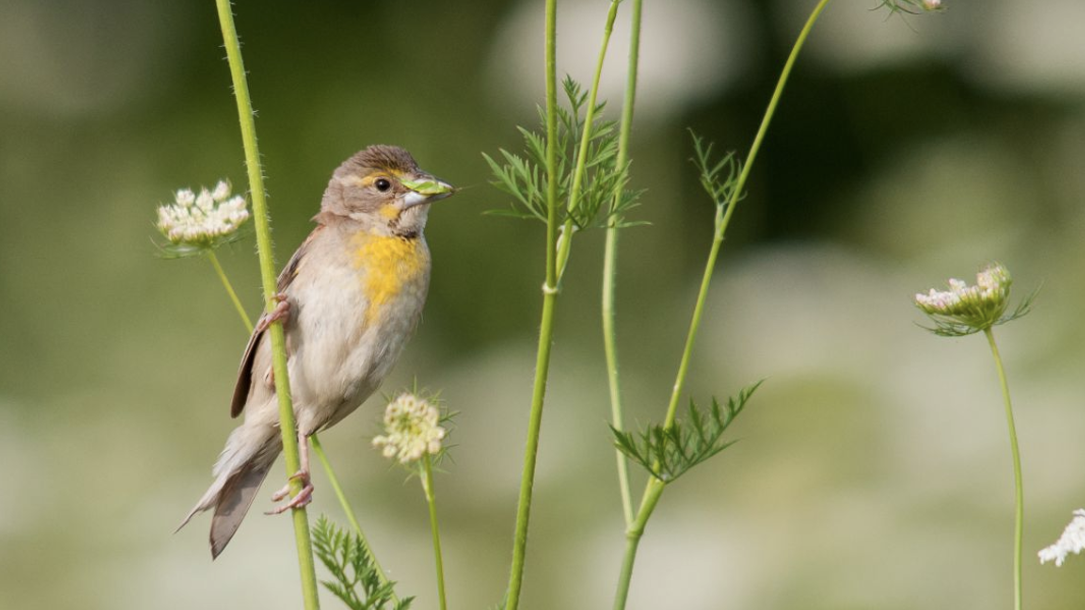
Climate change presents a mismatch for songbirds’ breeding season
Spring is the sweet spot for breeding songbirds in California’s Central Valley — not too hot, not too wet. But climate change models indicate the region will experience more rainfall during the breeding season, and days of extreme heat are expected to increase. Both changes threaten the reproductive success of songbirds, according to a study from the University of California, Davis…
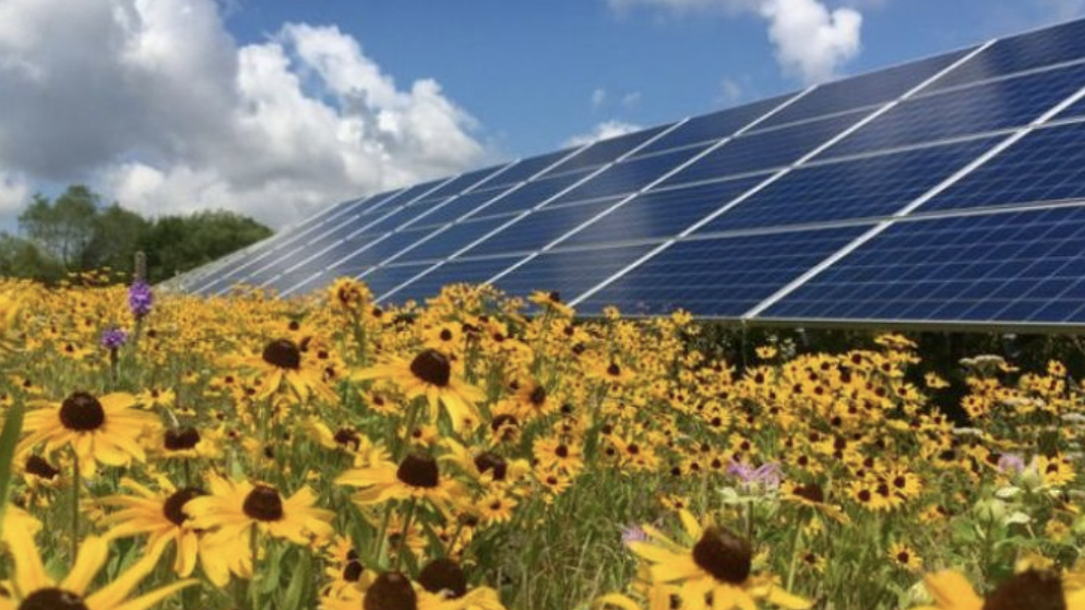
The science of solar-pollinator habitat: a fact sheet
Land trusts and community groups can help their communities understand how the design, implementation, and management of solar fields can work to enhance biodiversity and pollinators as well as farming and ranching. In this case, a recent fact sheet by the AgriSolar Clearinghouse provides useful information share.
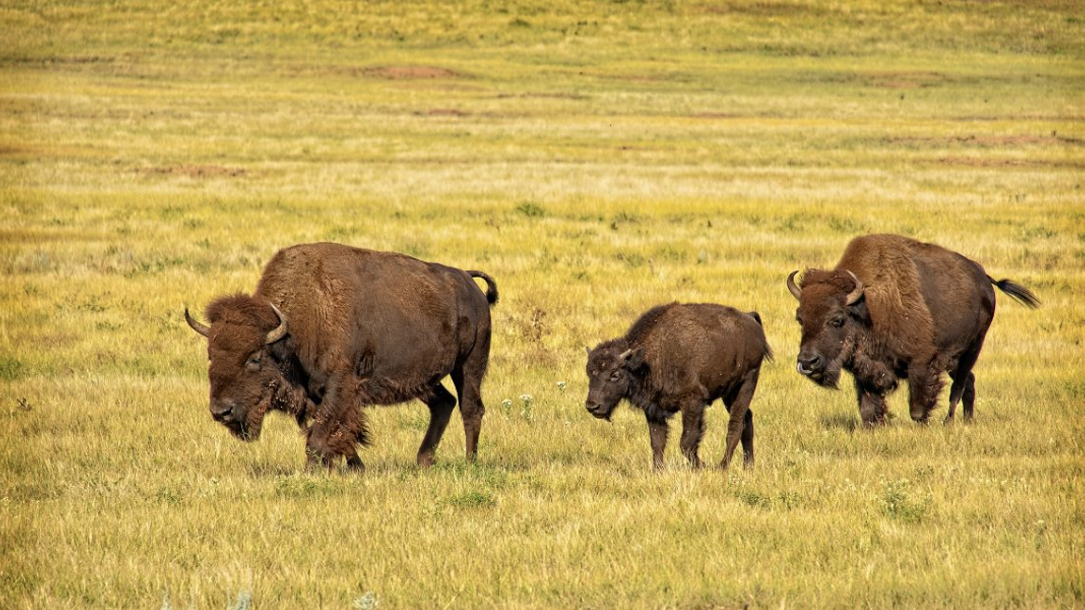
Climate change threatens the Great Plains, but bison may hold a key to resilience
“The 8,600-acre Konza Prairie Biological Station where Kansas State conducts its bison research lies in the Flint Hills, North America’s biggest remaining stretch of tallgrass prairie.
Once one of North America’s major ecosystems — covering large swaths of the Great Plains from what is today central Texas to south-central Canada — settlers and their descendants destroyed more than 95% of the continent’s tallgrass prairie for cropland and other development. Tallgrass in the Flint Hills escaped the plow only because the region’s shallow soil and rocky layers made farming less practicable there…
Bison act and eat differently than cattle do, though biologists say not all the differences are clear yet. Few studies compare these two bovine herbivores side by side.
Still, a few differences jump out. The bigger species not only eats more grass, it also spends less time along streams than cattle do and more time on hilltops…”
Cattle may not boost plant biodiversity on the prairie as much as bison do, but The Nature Conservancy thinks it’s possible to manage them in ways that support healthier grassland.
They are working with a Flint Hills cattle rancher near Strong City in Kansas, along with Kansas State scientists, to see how fitting a herd with GPS collars might help….



